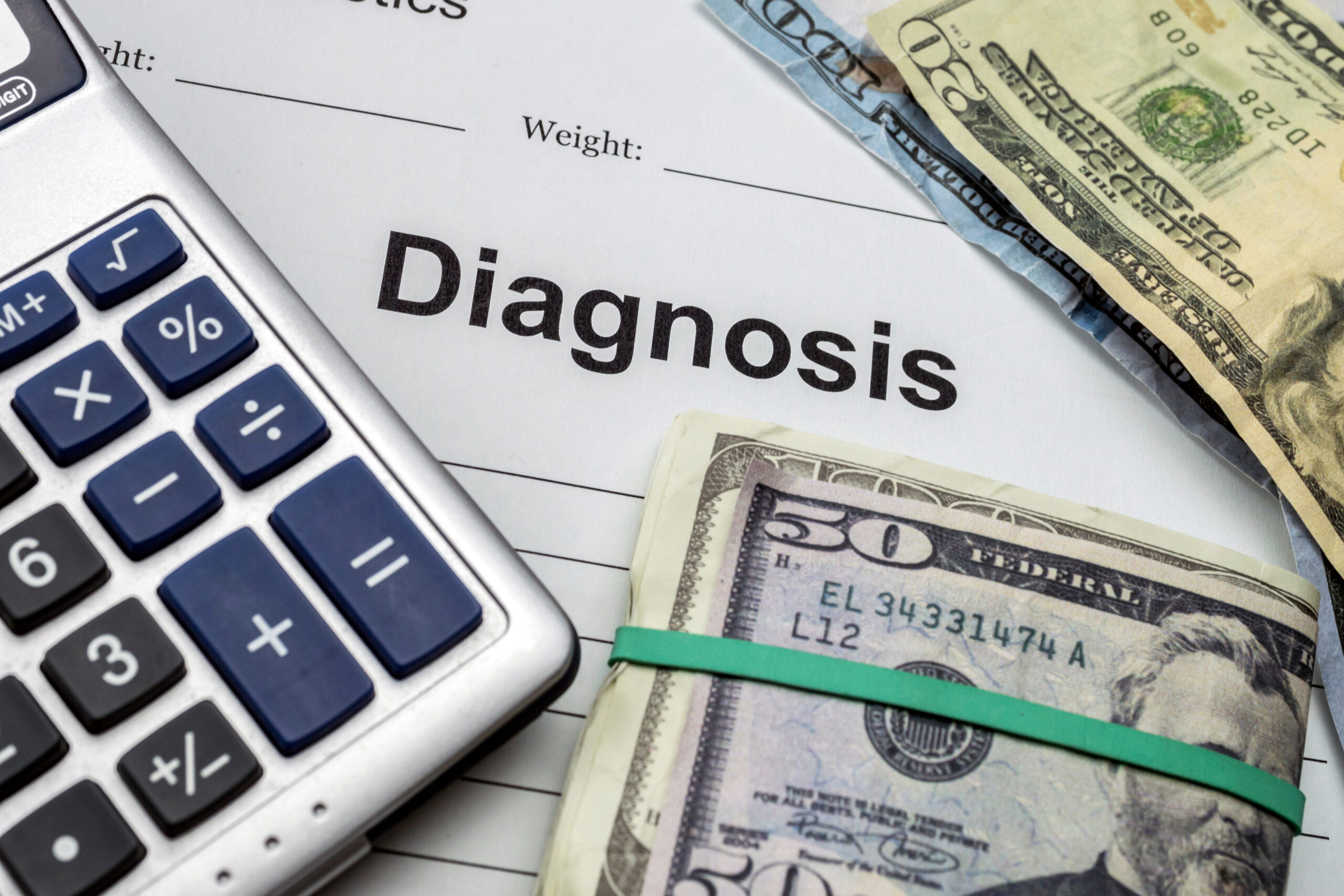Assessing next-generation wearable sensors for real-time Alzheimer’s monitoring
### Next-Generation Wearable Sensors for Real-Time Alzheimer’s Monitoring
Alzheimer’s disease is a complex condition that affects millions of people worldwide. Monitoring and managing the disease requires innovative technologies that can provide real-time insights into the brain’s activity. Next-generation wearable sensors are emerging as a promising solution for this challenge. In this article, we will explore how these advanced sensors are being developed and used to monitor Alzheimer’s disease.
#### What Are Next-Generation Wearable Sensors?
Next-generation wearable sensors are designed to track brain activity in real-time. These sensors use advanced technologies like neural sensing and transcranial pulse stimulation (TPS) to monitor the brain’s electrical activity. Unlike traditional fitness trackers, these sensors focus on mental health and neurological conditions, including Alzheimer’s disease.
#### How Do These Sensors Work?
1. **Neural Sensing**: Companies like Pison are working with brands like Timex to integrate neural sensors into smartwatches. These sensors measure brain activity from the wrist, providing insights into sleep, stress, anxiety, and fatigue levels. This technology is not only useful for mental health but also for athletes and workers who need to assess their cognitive readiness and fitness for duty[1][4].
2. **Transcranial Pulse Stimulation (TPS)**: TPS is a non-invasive therapy that uses low-energy shock waves to stimulate deep brain regions. This technology is being used at centers like SOZO Brain Center to treat Alzheimer’s disease. TPS is CE-marked and has shown promising results in improving cognitive function and quality of life for patients[2].
#### Applications in Alzheimer’s Monitoring
1. **Real-Time Monitoring**: Advanced wearable sensors can provide real-time data on brain activity, which is crucial for monitoring Alzheimer’s disease. This data can help healthcare professionals track the progression of the disease and adjust treatment plans accordingly.
2. **Early Detection**: These sensors can detect abnormalities in neurological signals, which may indicate the onset of neurodegenerative diseases like Alzheimer’s. Early detection is key to effective management and treatment.
3. **Personalized Care**: The data collected by these sensors can be used to create personalized care plans for patients. For instance, TPS therapy can be tailored to specific brain regions affected by Alzheimer’s, ensuring targeted treatment.
4. **Support for Caregivers**: Advanced AI systems like ADQueryAid are also being developed to support caregivers of Alzheimer’s patients. These systems provide real-time, compassionate assistance, helping caregivers manage daily challenges and improve the quality of life for their loved ones[5].
#### Future of Wearable Sensors
The integration of advanced technologies like AI and neural sensing into wearable devices is revolutionizing the way we monitor and manage neurological conditions. These next-generation sensors are poised to become ubiquitous in smartwatches and other wearables, offering a holistic approach to mental health and neurological well-being.
In conclusion, next-generation wearable sensors are a significant step forward in the fight against Alzheimer’s disease. By providing real-time insights into brain activity, these sensors offer a powerful tool for early detection, personalized care, and improved quality of life for patients and their caregivers. As technology continues to evolve, we can expect even more innovative solutions to emerge, further enhancing our ability to monitor and manage this complex condition.





